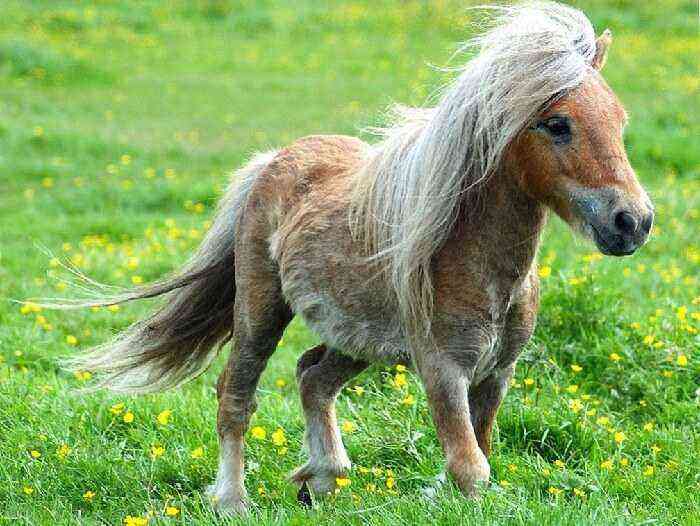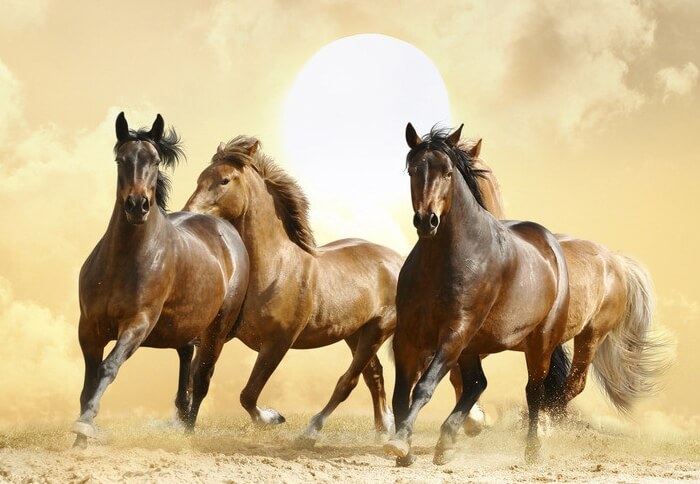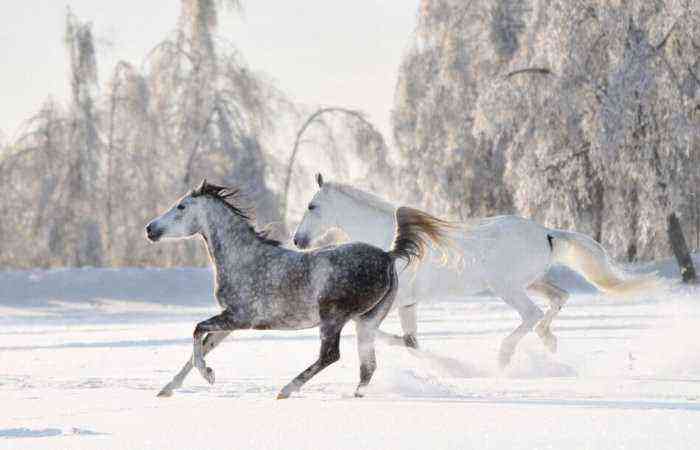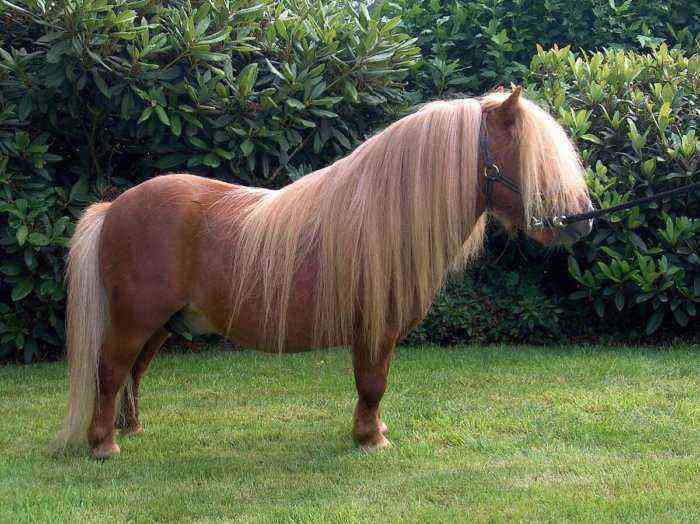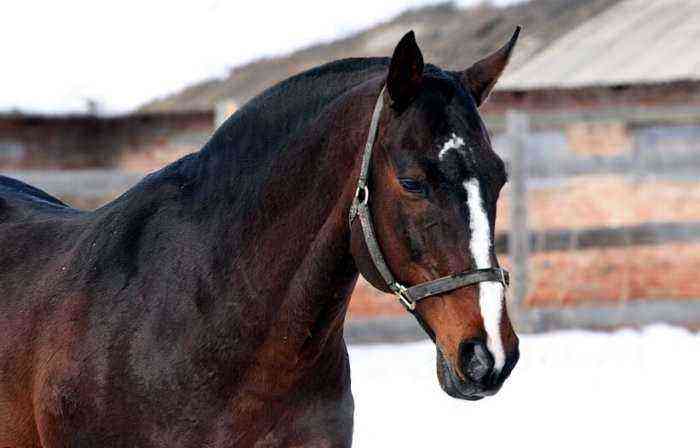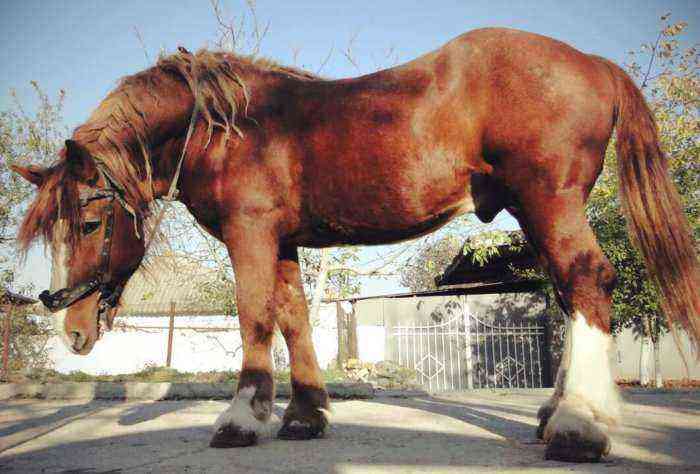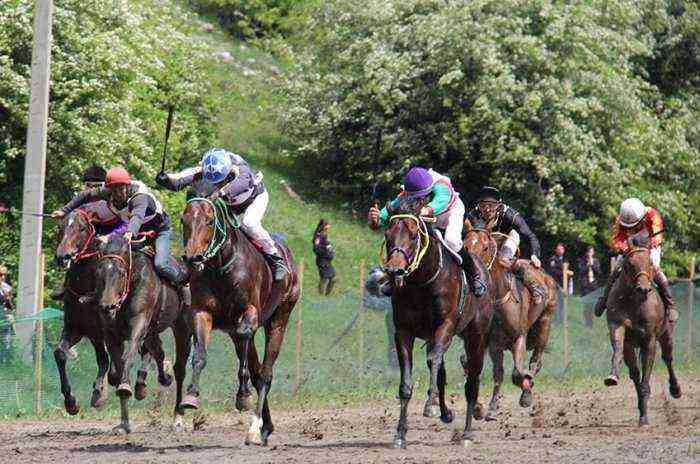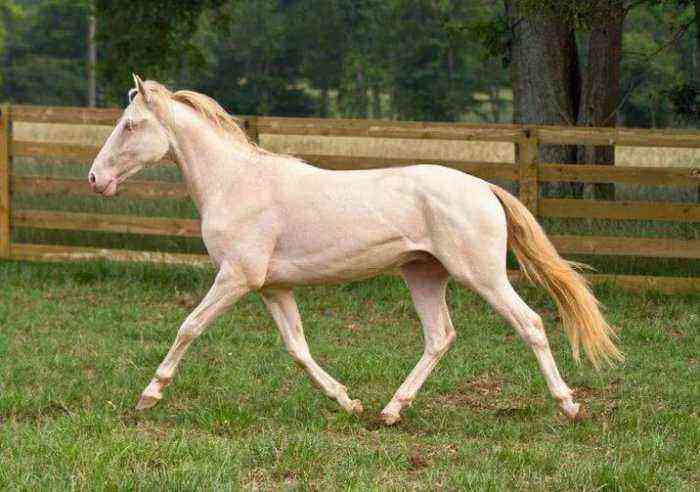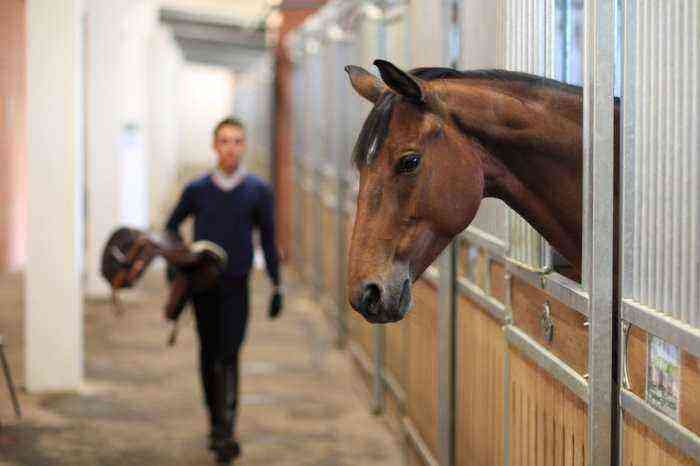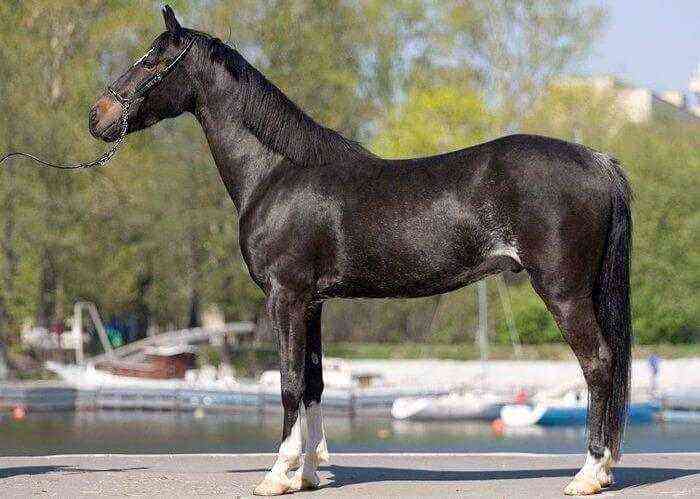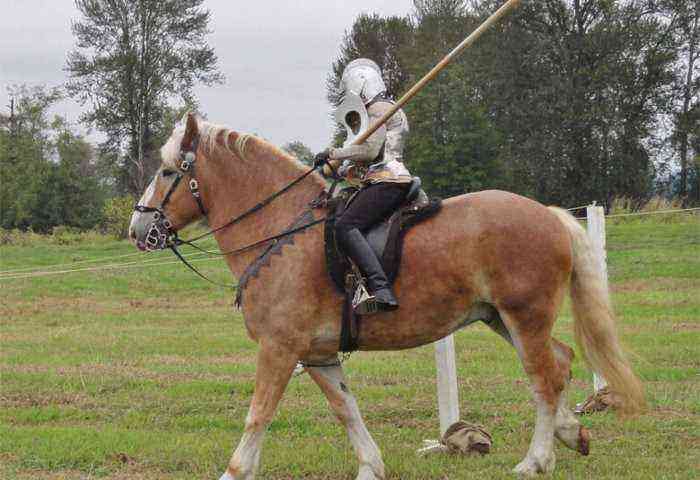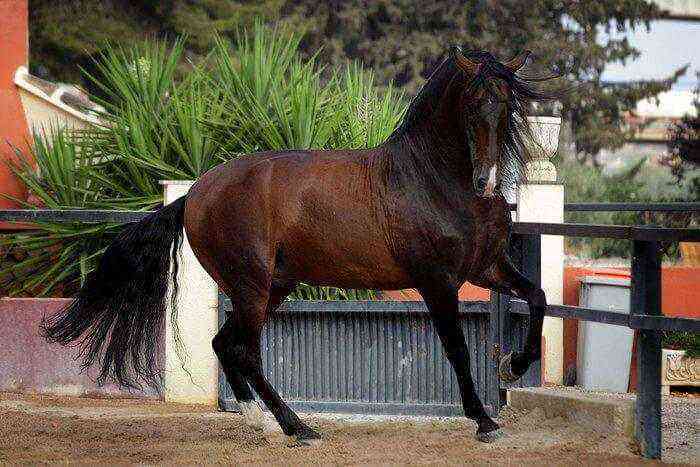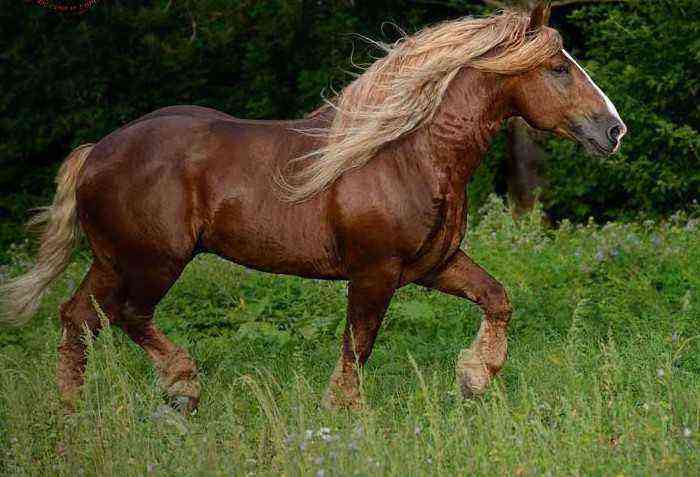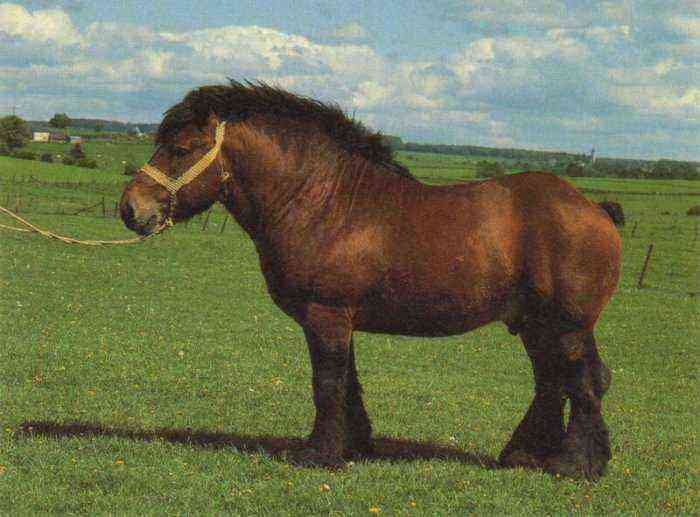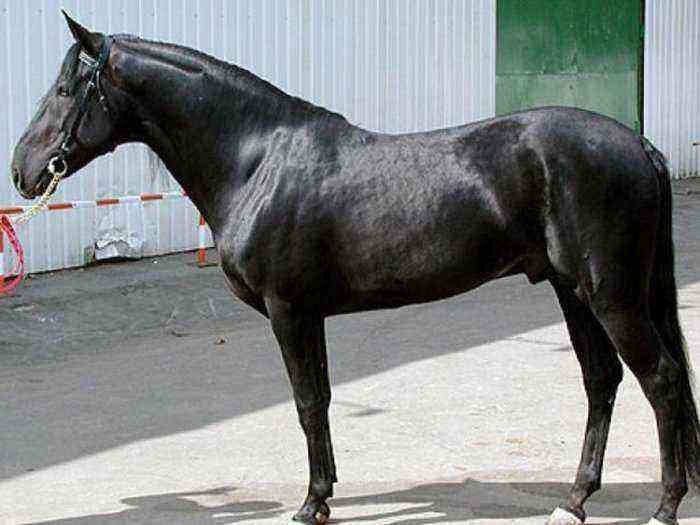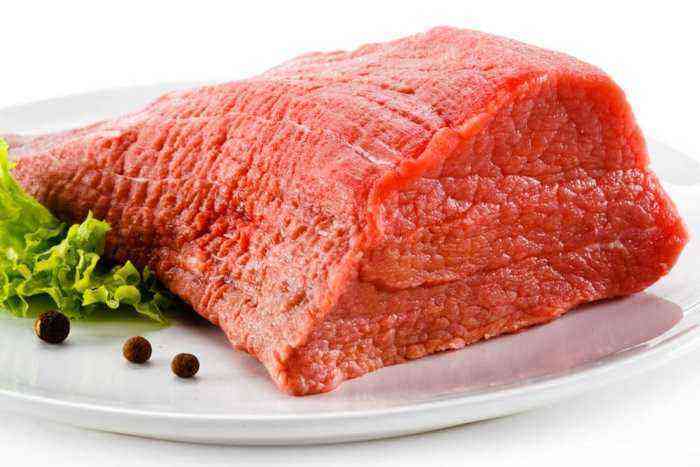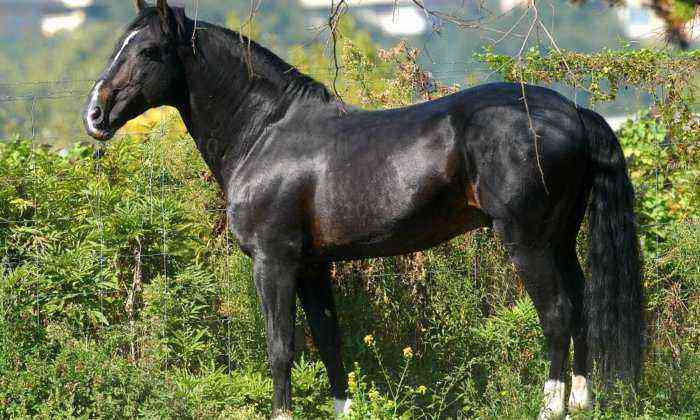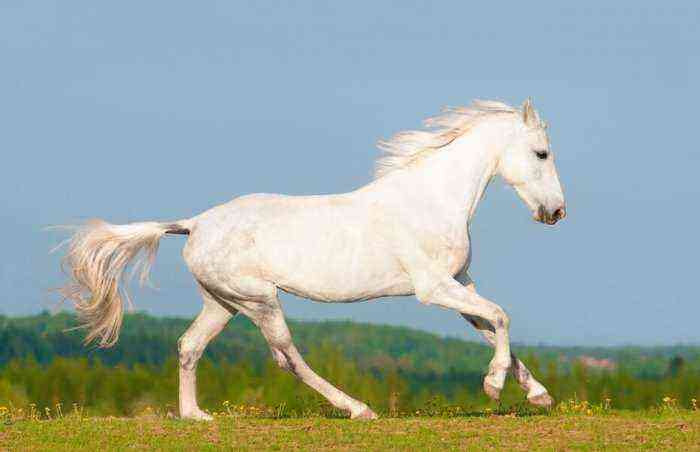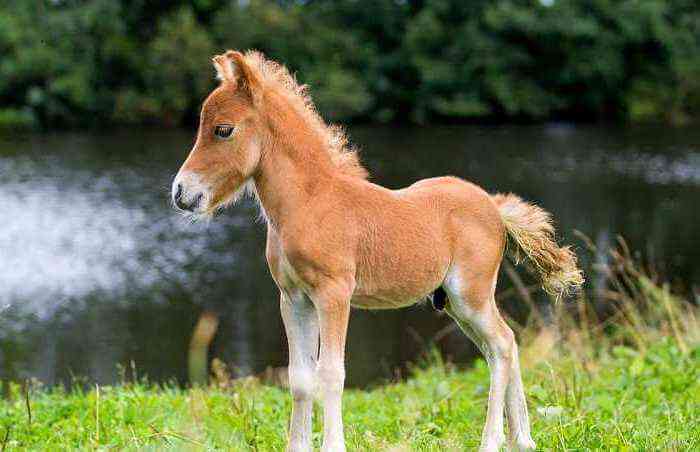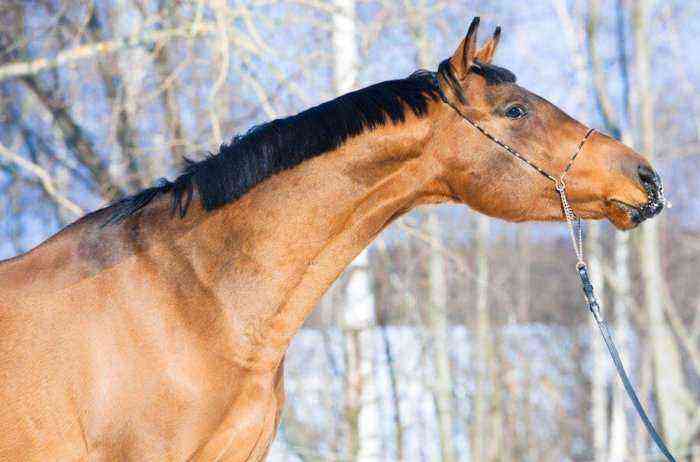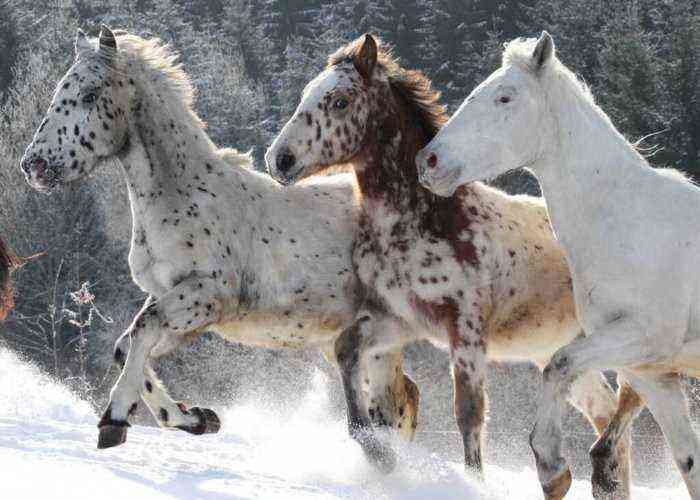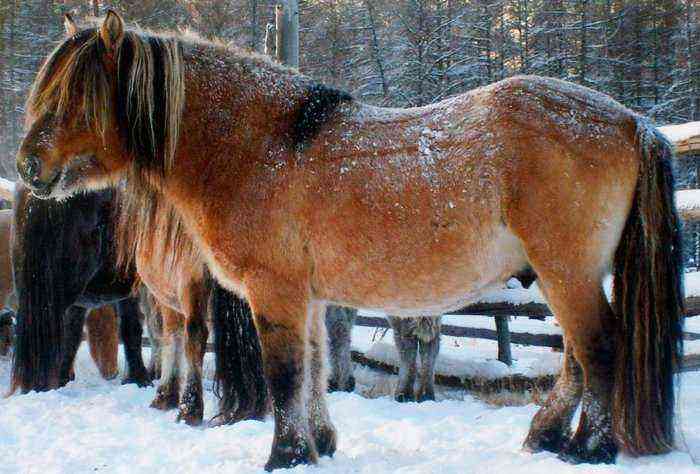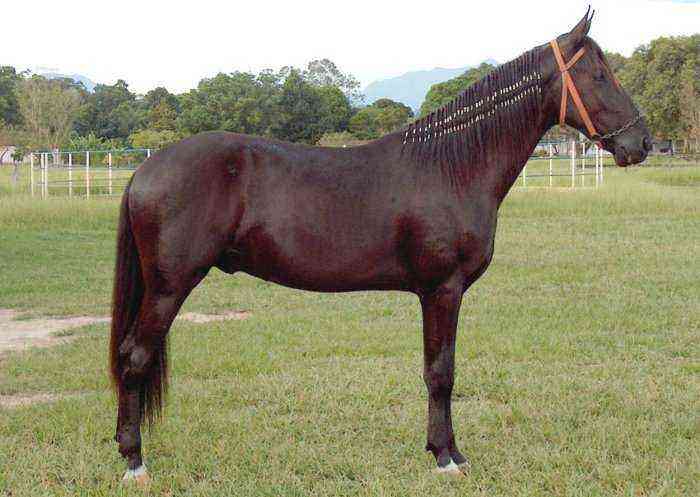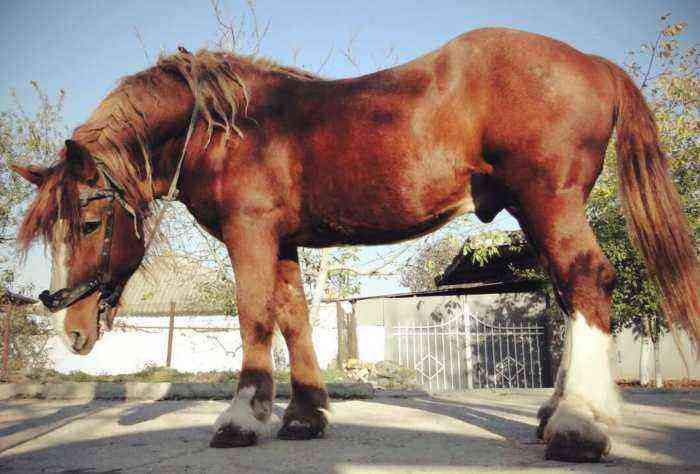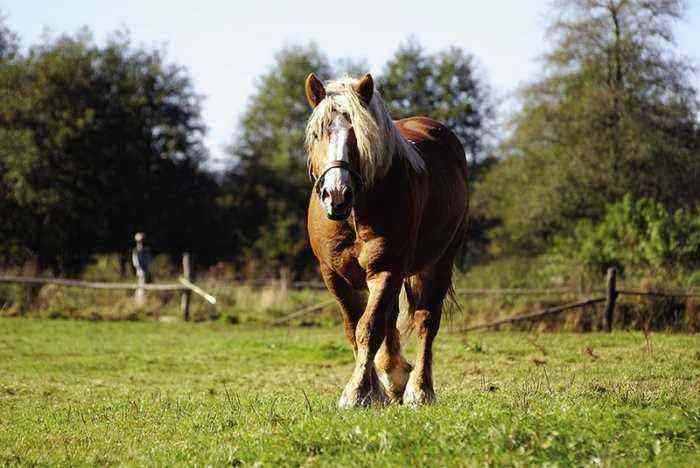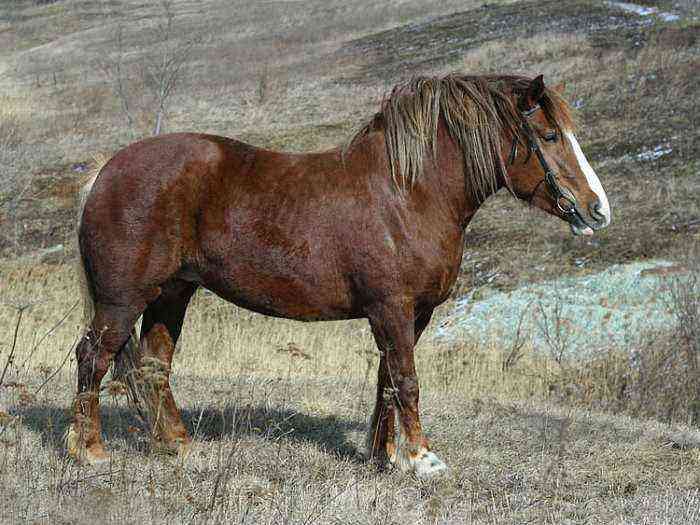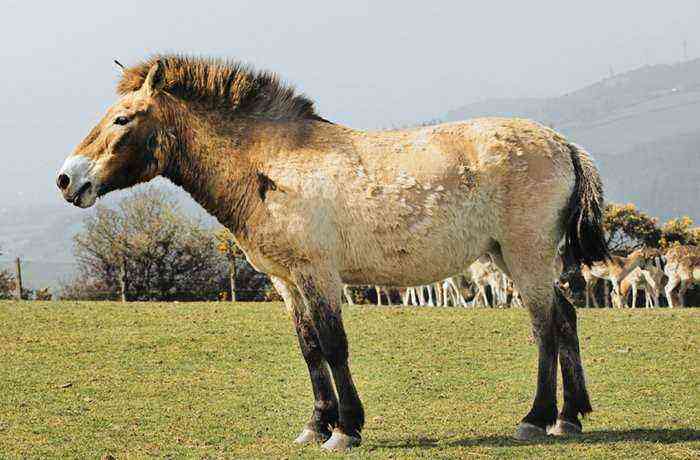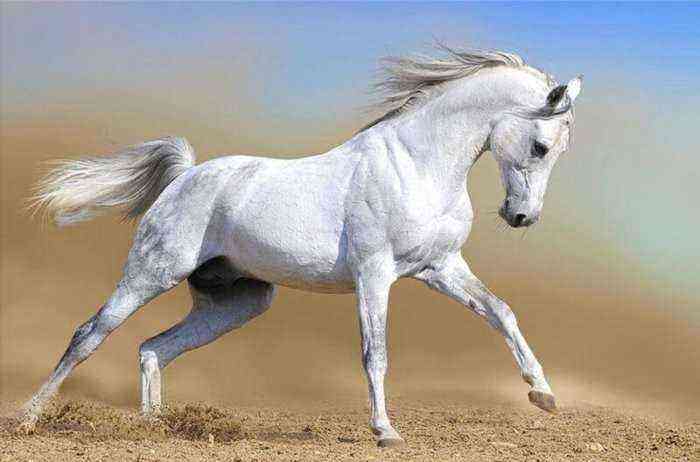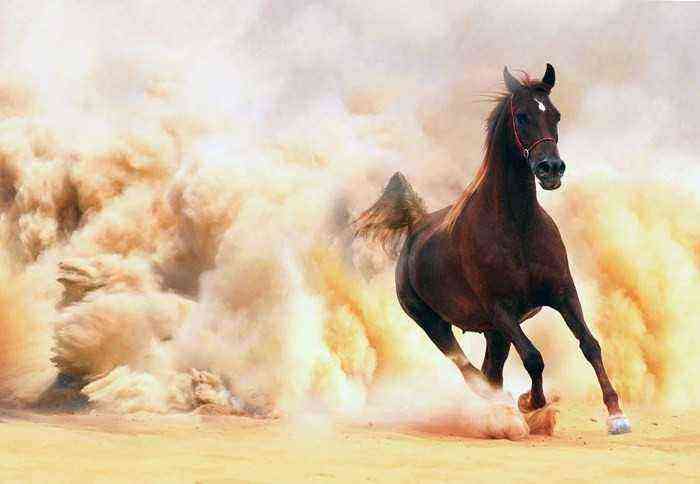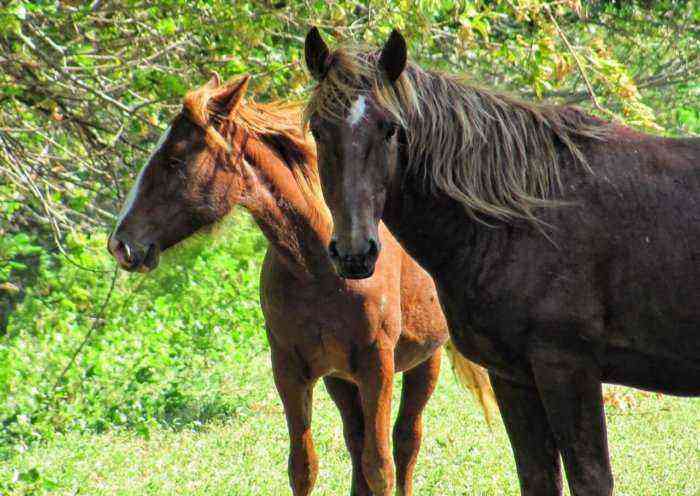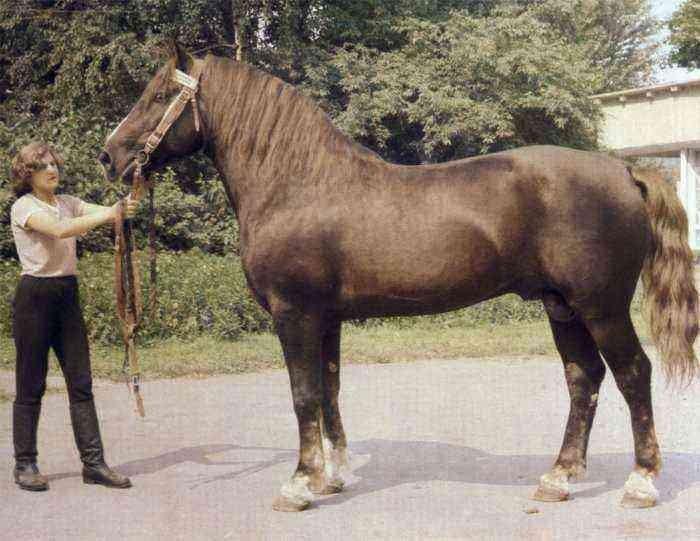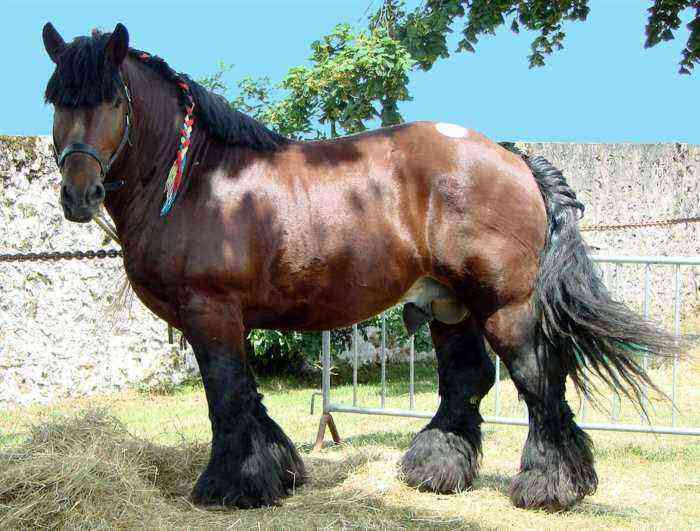Horses have served man for thousands of years. The strength, endurance and intelligence of these animals have been admired since ancient times. And of course, such useful qualities immediately found application in human life. But the process of domestication of proud stallions did not take place overnight, and each ancient horse breed overcame a long and thorny path to its formation.
First breed of horse
The history of the development of the relationship between man and horse
Before the advent of cars, horses played an extremely important role in human life. During hostilities, these animals gave the troops a significant advantage over the enemy forces. On the farm, horses were used to transport goods and ride in a team. Almost all residents of cities and villages traveled on horseback.
But horses did not occupy such a position in society immediately. Moreover, the specific period of history when a man tamed a horse is unknown today. In addition, researchers have very different approaches to the study of this issue. Some of them believe that the beginning of the process of domestication was laid back when a person bred herds exclusively for meat.
Reference. Adherents of the second approach are sure that domestication took place only when the first horses began to be used for riding and transporting goods.
Prerequisites for domestication
The relationship between man and horse developed in stages. The earliest attempts to tame a horse date back to the XNUMXth millennium BC. e., as evidenced by the corresponding archaeological finds.
Many scientists believe that animal genetics played a huge role in this process. Initially, horses refused to live next to a person, which was explained by wild instincts. But ancient people carefully monitored such animals and selected those individuals who behaved more calmly and, in terms of working qualities, were more consistent with the tasks set. Gradually, from generation to generation, such animal traits were fixed at the gene level, which became the main difference between wild and domestic horses.
The first horses that were tamed in this way lived in Europe, as well as in the central part of Asia. At that time, three main types of horses were tamed:
- Forest riding. Such horses originally inhabited the forests of Europe. They differed in rather large sizes and at first were used by man to obtain meat. Since the moment of domestication, it is on the basis of animals of this subtype that many modern breed lines have developed.
- Eastern riding. These horses lived in the central part of Asia. With their exterior, they were similar to modern Arabian and Akhal-Teke horses.
- Dwarf subtype. These horses are the ancestors of all modern ponies. Such animals appeared on the territory of Eastern Europe.
dwarf subtype
In the Middle East, which for a long time was considered the cradle of horse breeding and was famous for its horses, horses appeared later. They came here from the steppe regions of Central Asia.
It is worth noting that attempts to domesticate horses were not always successful. Often already tamed horses returned to their natural conditions and ran wild. Thus, for example, mustangs appeared, which to this day live on the American prairies.
How did the taming take place?
The remains of the very first tamed horses were found on the territory of Ukraine and Kazakhstan. But further excavations show that horses in everyday life were still a rarity and were not bred en masse.
Later finds date back to 2500 BC. e. and were found in the Urals. In the joint burials of a man and a horse, chariots and harnesses for driving a stallion were also found.
The process of taming a horse involved a number of features. And here the opinions of researchers are divided into two directions:
- The first group believes that only small foals were subject to domestication, and all adults from the caught herd were killed. The young, due to the herd instinct and the lack of adults, nailed to the person, considering him to be part of their herd. As a result of this, the foal quickly succumbed to training, and subsequent generations received from him got along easier with people.
- Adherents of the second theory argue that man, on the contrary, tamed adult stallions and mares by catching and dressing them. In the same way, domestication was carried out by the tribes of the Indians of North America.
But it is worth noting that the second theory also involves a large number of opponents. They believe that this approach among the Indians is successful only because the mustangs are re-feral horses. So, it is not suitable for initially wild animals.
No less controversial than the method of taming herds is the question of their initial use by people. In the most ancient burials, researchers find the remains of horses along with wagons, chariots and related harness. But the remains of animals, along with accessories for riding, date back to a later period. There is an opinion that at first riders rode animals without saddles and other attributes. Therefore, it is not possible to reliably find out why the horses were tamed in the first place.
Herd of horses
The most ancient breeds of horses
At the time of domestication, there were no separate breeds of horses. All of them were wild. The first differentiation in this direction occurred in the Stone Age. The reason for the separation was the way of life of people and the change in the conditions in which the horses lived with them.
Among the variety of breed lines, Akhal-Teke, Arabian, Marvari, Friesian and Przewalski’s horses can boast of the most ancient history. Some of them have survived to our time with virtually no changes in the exterior.
Przhevalsky
Przewalski’s horses are among the smallest breeds today. In the wild, they can no longer be found, and all remaining representatives of the species are bred in nature reserves under strict control.
Such horses owe their unusual name to the domestic scientist N. M. Przhevalsky, who in 1878 discovered the last herd of such animals. After a thorough study, the researchers did not dare to classify these horses as a separate species or christen them as a new breed. But it is believed that it was from these horses that most modern domestic horses originated.
The growth of such animals is quite small. The highest representatives of the variety reach no more than 150 cm. Of the features of the exterior stand out:
- massive, dense body with strong broad bones;
- short wide neck;
- large head with small ears;
- durable thick leather;
- short sparse mane, tail and bangs.
Since ancient times, large herds of such horses lived in Central Asia. At the same time, their appearance and structural features of the body have not changed over several millennia of the existence of the breed line.
Przewalski’s horses
Arabian Thoroughbred
The famous Arabian horses also suggest a long history of formation. Such stallions arose in the period from the XNUMXth to the XNUMXth millennium BC. e. They were bred in the desert regions by the nomadic Bedouin tribes. Initially, purebred Arabian horses were used as war horses and constantly participated in military raids. Therefore, the main direction of breeding work was to increase the speed and endurance of these horses.
When the Russian Empire participated in all kinds of wars, a certain number of such stallions ended up on its territory. Having appreciated the quality and appearance of the horses, they began to be widely used to improve local breed lines. But individual factories that still exist today are breeding exclusively Arabian horses.
It is worth noting that within the breed, based on the characteristics of the constitution, all Arabian horses are divided into 5 types. But, despite certain differences, the general characteristics of their appearance are the same. These include:
- the minimum percentage of subcutaneous fat, which ensures the overall dryness of the constitution;
- graceful body shapes;
- long thin neck;
- small narrow head;
- long legs with developed tendons and ligaments;
- dense long hair in the mane and tail.
Marwari
Marwar or Marwar horses are considered natives of India. Their homeland is the Marwar region, where they appeared during the Middle Ages. As a basis for a new breed, local breeders took eminent Arabian horses and Indian ponies. Some hippologists also believe that the blood of Mongolian breeds was additionally used during the work.
Marvari was bred in especially difficult conditions. The region was characterized by sparse vegetation, frequent droughts and sandy soil. As a result, horses of this breed have acquired outstanding endurance and undemanding to the conditions of detention. In addition, such conditions were reflected in the appearance of the Marvari. They have a dry constitution. The growth of a stallion varies between 140–170 cm. Of the features of appearance stand out:
- massive, barrel-shaped body with a straight back;
- prominent high croup;
- deep and wide chest;
- wide neck;
- strong legs with developed ligaments and correct hooves;
- big head.
Marwar horse breed
But despite such characteristic features of the appearance of the animal, its hallmark is small ears that converge together at the top. In addition, the special structure of the horse’s shoulders provides him with a softer ride and simplifies movement on the sand.
Indians highly value their stallions for their unique character. They are fearless in battle and are loyal to their owner until the end of their lives. There are cases when even a mortally wounded Marvari horse found the owner and took him out of the battlefield.
Marwaris are also known for their developed sense organs and flair. Even without the directions of the rider, the horse finds its way home from great distances. In India, Marwar horses are considered a national treasure and until 2000 they were forbidden to be taken out of the country.
Conclusion
Thousands of years have passed since the domestication of wild horses by man. During this time, hundreds of different breeds appeared and disappeared in the history of world horse breeding. But only a few of them have survived from ancient times almost in their original form. Their representatives are still very popular with horse breeders and are often used to improve younger breed lines.
